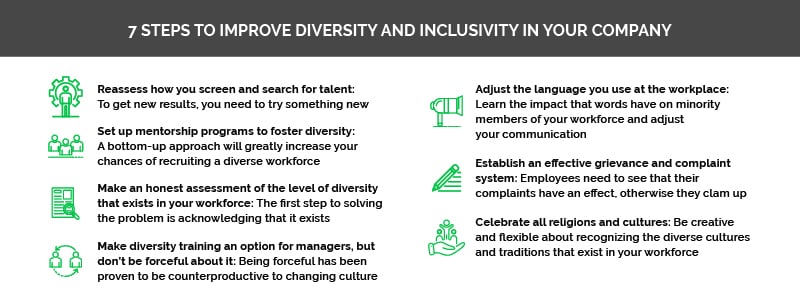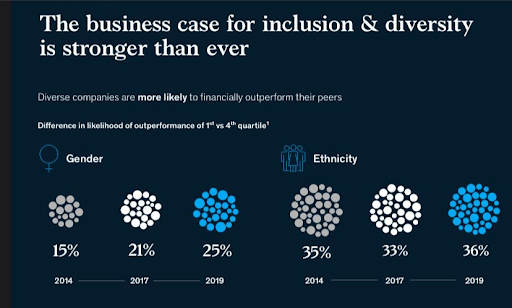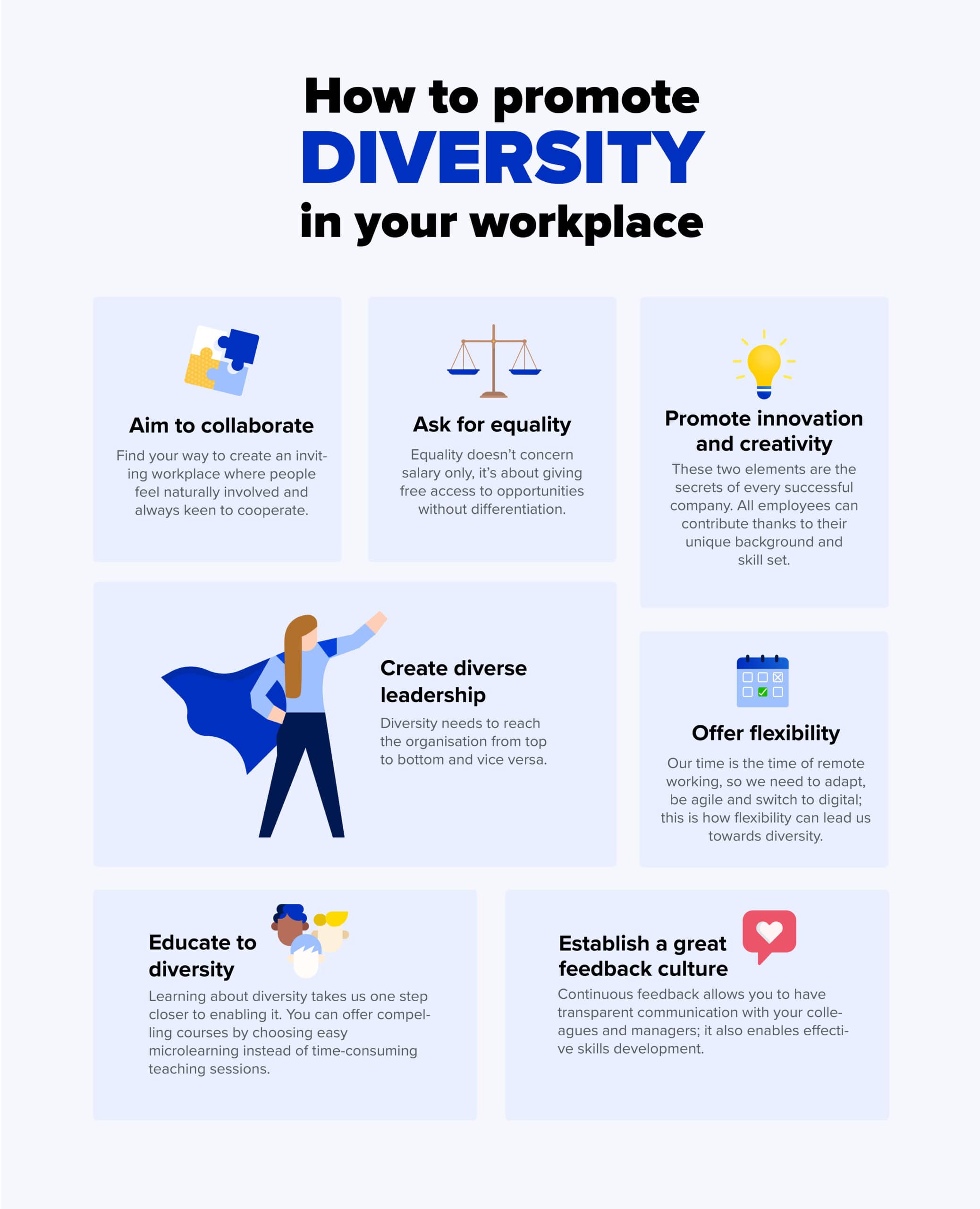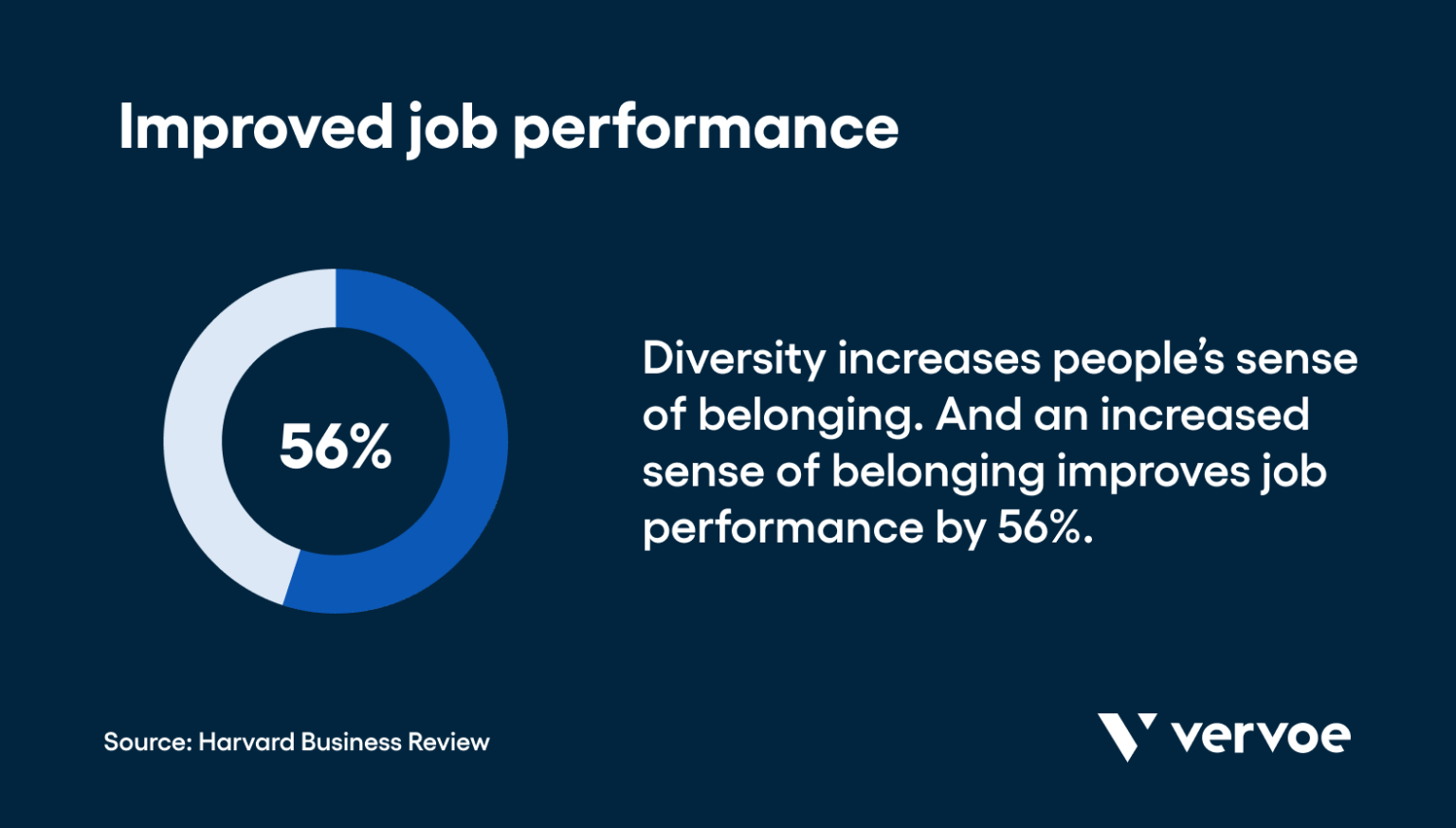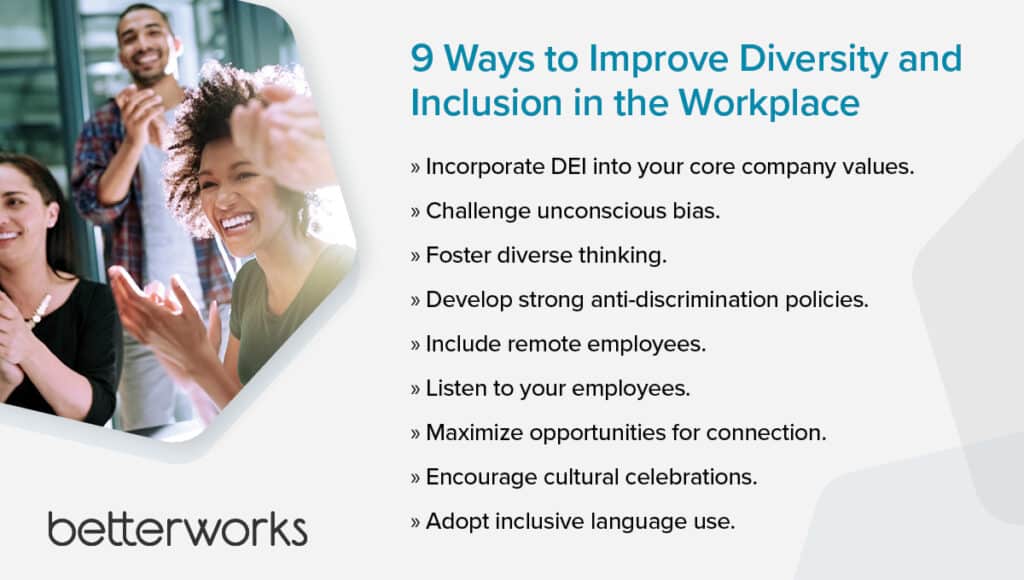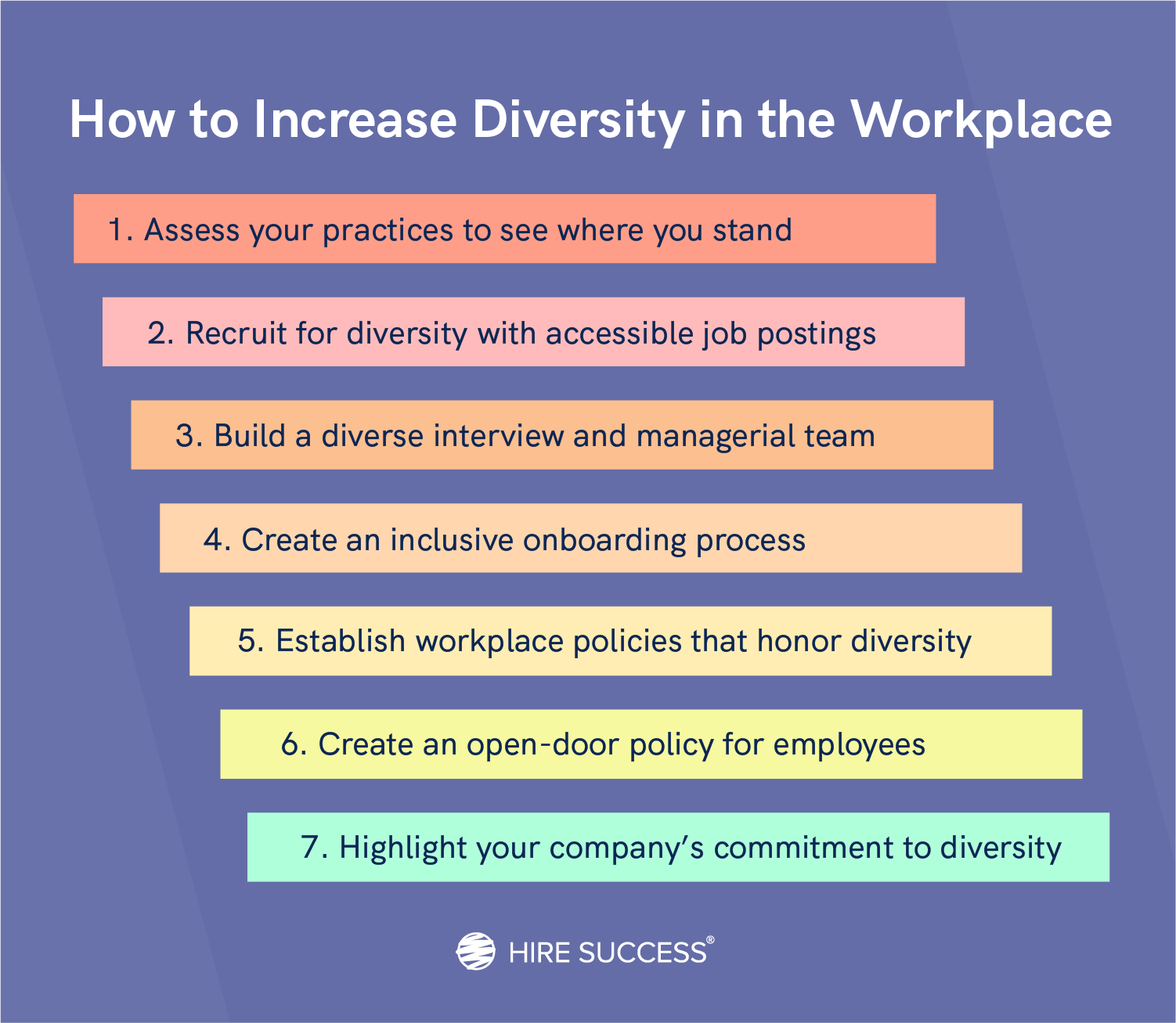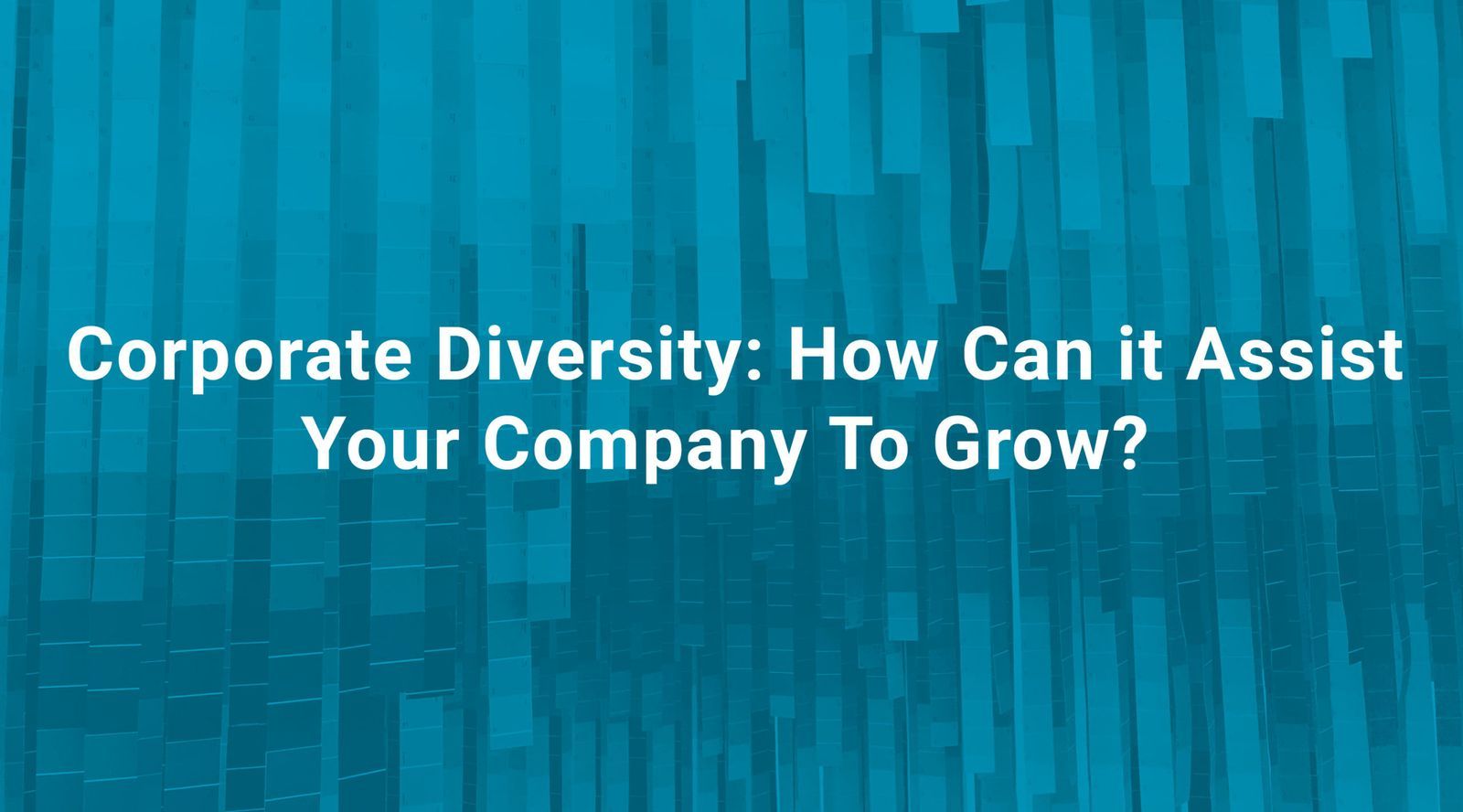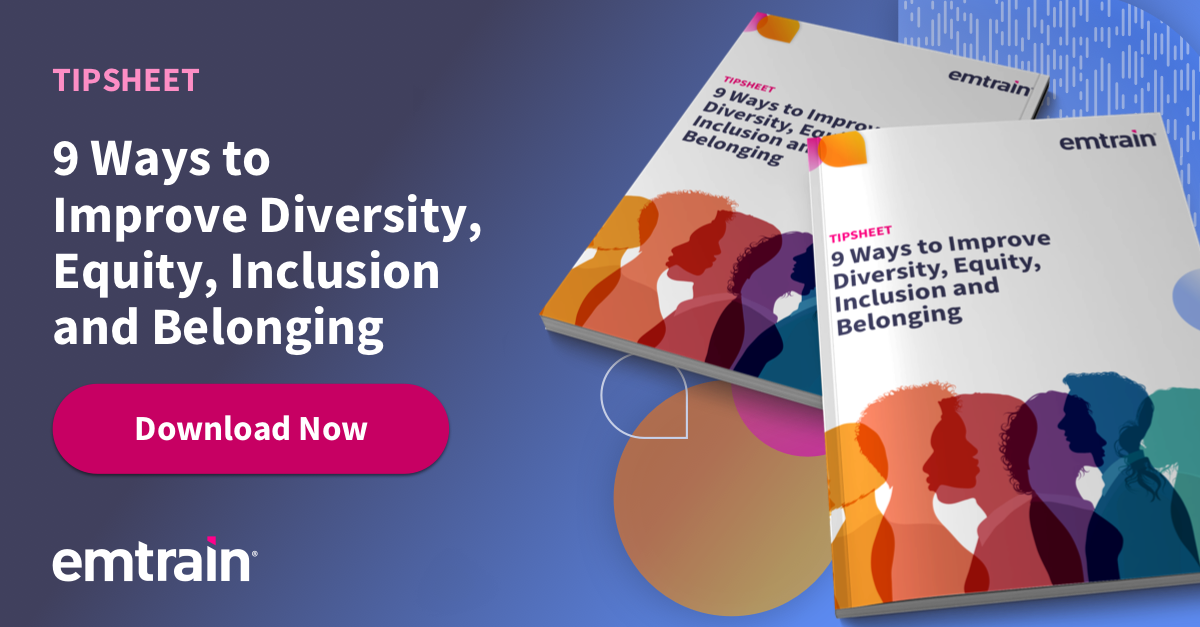How Can Companies Improve Diversity

Imagine a bustling office, a symphony of voices from different corners of the world, backgrounds as varied as the colors of a vibrant tapestry. Ideas bounce off each other, sparking innovation and creativity, a direct result of a workforce that mirrors the diversity of the customers they serve. But this isn't just a nice-sounding ideal; it's a goal many companies are striving to achieve, and for good reason.
The need to improve diversity and inclusion (D&I) within companies has become not just a moral imperative, but a strategic one. This article explores actionable strategies that organizations can implement to foster a more equitable and inclusive workplace, drawing on insights from experts and data from reputable sources like McKinsey and the Harvard Business Review.
Understanding the Landscape
The conversation around diversity isn't new, but its urgency has intensified. Studies consistently show that diverse companies are more innovative, profitable, and better at attracting and retaining top talent.
McKinsey's research, for instance, demonstrates a strong correlation between diversity and financial performance. Yet, despite awareness, many organizations still struggle to translate good intentions into tangible results.
Beyond Lip Service: Actionable Strategies
True diversity goes beyond surface-level representation. It requires a systemic approach that addresses biases and creates a truly inclusive environment.
1. Inclusive Hiring Practices
The hiring process is often the first hurdle. Companies should implement blind resume reviews, removing identifying information that could trigger unconscious bias.
Broadening recruitment channels to target underrepresented communities is also crucial. Consider partnerships with organizations that support diverse talent pools.
Structured interviews, where all candidates are asked the same questions, can help minimize subjectivity. Using diverse interview panels can also mitigate bias and provide a wider range of perspectives.
2. Cultivating an Inclusive Culture
Hiring diverse talent is only half the battle. Creating a culture where everyone feels valued, respected, and empowered to contribute is equally important.
Employee resource groups (ERGs) can provide safe spaces for employees from marginalized groups to connect, share experiences, and advocate for change.
Leadership plays a critical role in modeling inclusive behavior. Training programs on unconscious bias and inclusive leadership are essential for managers at all levels.
3. Investing in Development and Advancement
Creating pathways for advancement is crucial for retaining diverse talent. Mentorship programs and sponsorship initiatives can provide support and guidance to employees from underrepresented backgrounds.
Regular performance reviews should be fair and objective, focusing on measurable results. Companies should also track promotion rates and identify any disparities across different demographic groups.
4. Data-Driven Approach
Measuring progress is essential for accountability. Companies should collect and analyze data on diversity metrics, such as representation at different levels, employee satisfaction, and retention rates.
This data can help identify areas where improvement is needed and track the effectiveness of D&I initiatives. Regularly reporting on these metrics publicly demonstrates a commitment to transparency and accountability.
5. Continuous Learning and Adaptation
The journey towards diversity and inclusion is ongoing. Companies need to be willing to learn, adapt, and evolve their strategies as the landscape changes.
Staying informed about best practices and emerging trends in D&I is crucial. Engaging with experts and participating in industry forums can provide valuable insights.
The Bigger Picture
Improving diversity isn't just about ticking boxes or meeting quotas. It's about building a stronger, more resilient, and more innovative organization.
It's about creating a workplace where everyone feels they belong and can reach their full potential. And that, ultimately, benefits everyone.
The benefits extend beyond the workplace. Companies that prioritize D&I are better positioned to understand and serve a diverse customer base, build stronger relationships with their communities, and contribute to a more equitable society.
As organizations embark on this journey, it’s important to remember that lasting change requires sustained effort, genuine commitment, and a willingness to challenge the status quo. The path may not always be easy, but the destination – a truly inclusive and equitable workplace – is undoubtedly worth the effort.


